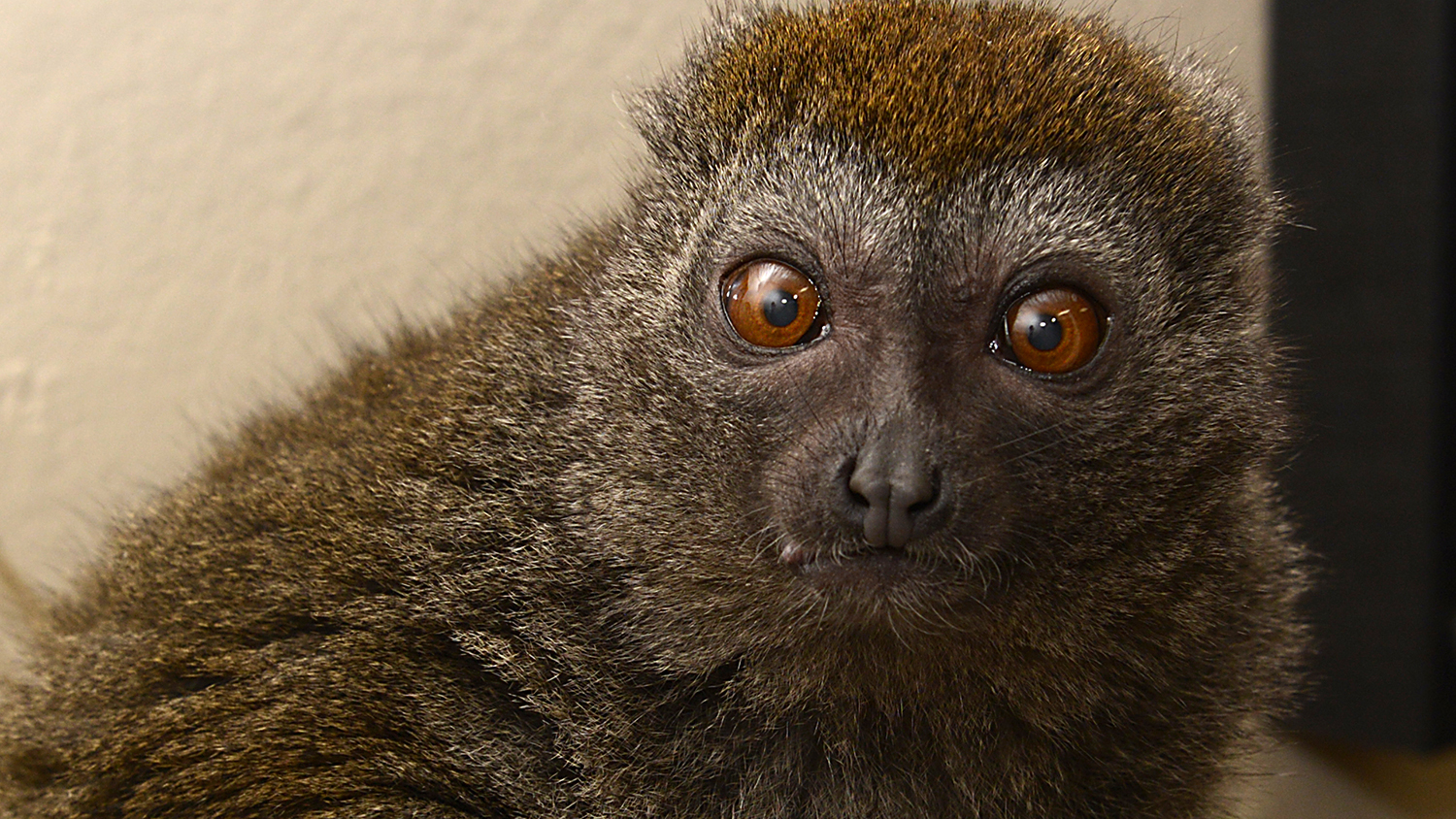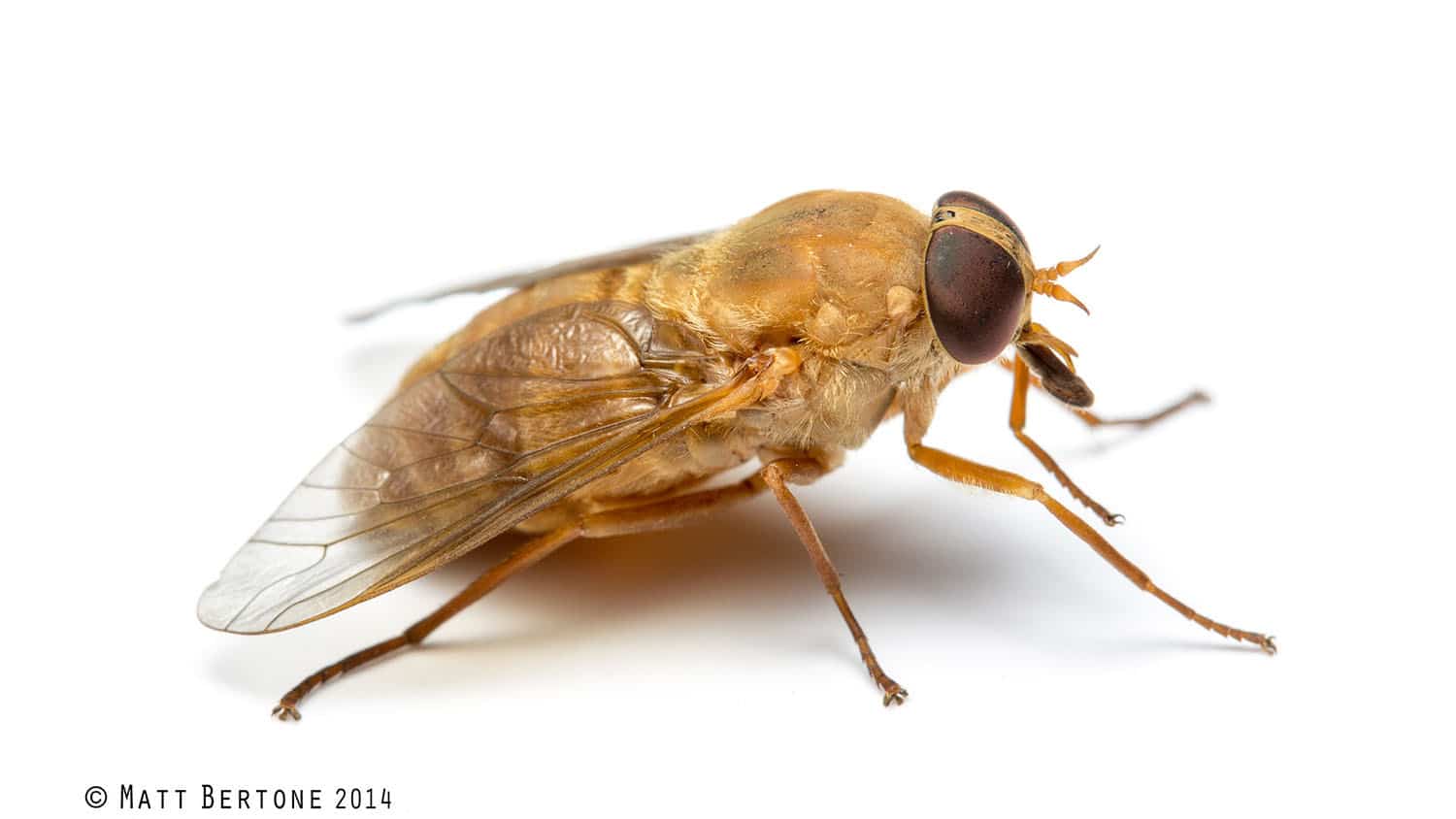Can You Guess Which Species Has the Most Gut Microbes?

Erin McKenney studies the gut microbes of lemurs. She wants to understand what the microbial communities in their guts look like, how they work and what they do. This makes her a font of interesting facts.
In one recent paper, she compared the gut microbes of bamboo lemurs to those of fellow bamboo connoisseurs, giant pandas and red pandas. It turns out that those three species share 48 gut microbes in common (which is a lot) – despite the fact that they are separated by millions of years of evolution.
But, because McKenney studies lemurs, she hadn’t really looked at the gut diversity data for unrelated species. So when she shared the bamboo lemur’s diversity numbers with her mentor, NC State applied ecology professor Rob Dunn, she was surprised to learn that bamboo lemurs are superlative: They are home to more types of gut microbes than any other animal in the world (that we know of).
Specifically, McKenney has identified an average of 13,816 different “operational taxonomic units” (OTUs) – or types of microbes – in captive bamboo lemurs.
The closest runner-up is the giant panda, with an average of 10,096 OTUs. The ringtail lemur and red panda placed third and fourth (with 6,596 OTUs and 5,873 OTUs, respectively) followed by the leaf-eating sifaka lemur (5,908 OTUs), the fruit-eating ruffed lemur (4,701), and a variety of bats – from the bloodsucking Desmodus rotundus vampire bat (4,940 OTUs) to the insectivorous Waterhouse’s leaf-nosed bat (4,343).
You’re probably wondering where humans fit in here. The Hadza tribe of African hunter-gatherers has an average of between 951 and 1,051 OTUs – not too shabby! But children in the United States had only 245 OTUs.
Is that good? Bad? We’re still figuring that out. The American black bear appears to get by just fine with only 30 OTUs (though that relatively low number may stem from limitations in the DNA sequencing technology).
And here’s the thing: these are only the OTUs that have been identified. Many more microbes likely lurk in the gut, unsampled and – therefore – undetected.
According to the Chao index, a measure used to estimate the total number of different types of gut microbes, the bamboo lemur is estimated to host around 37,000(!) OTUs – almost three times as many as those identified so far. Which is pretty awesome.
McKenney and Dunn were able to make these comparisons due in large part to the work of Aspen Reese, a junior fellow at Harvard who combed through the available literature to compile an exhaustive database of gut microbe diversity.
While these comparisons of gut microbe diversity are all fun and super-interesting, they are also a step toward helping us understand the complexity of these microbial ecosystems, which play an important role in the health of species – including our own.
- Categories:


